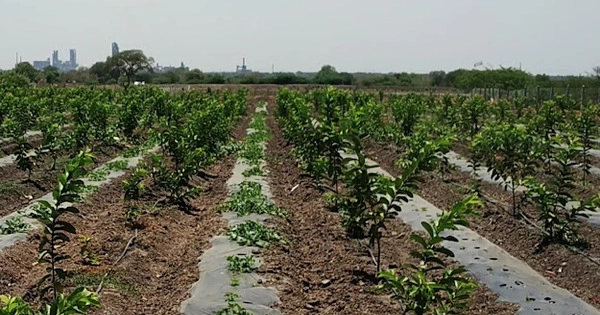Intercropping is a common agricultural practice in which two or more crops are cultivated in the same field at the same time. It is a multiple cropping practice that involves growing two or more crops on the same field at the same time. It is an ancient technique that is still used in many places of the world today.
The most common purpose of intercropping is to increase production on a given area of land by utilizing resources or biological processes that a single crop would not use. The fundamental goal of intercropping is to maximize the use of resources such as sunshine, water, and nutrients, resulting in enhanced overall productivity and land use efficiency.
Some common benefits of intercropping include:
- Increased yield: Planting multiple crops together can increase land productivity since different plants have varied nutritional requirements and growth patterns. This aids in the efficient utilization of resources.
- Pest and disease control: It can aid in natural pest management. Some plants repel pests, while others may attract natural predators of dangerous insects, resulting in a balanced environment that decreases the need for chemical pesticides.
- Weed suppression: It can naturally suppress weeds because the diverse plant forms shade the ground and inhibit weed development, reducing the need for herbicides.
- Soil improvement: Varied crops have varied root architectures, which can help enhance soil structure and nutrient content. Some crops can fix nitrogen in the soil, boosting the overall fertility of the land.
Planting legumes with cereals, such as beans or peas with corn or wheat, is a popular intercropping strategy. Another typical approach is to intercrop taller crops, such as maize, with shorter ones, such as legumes. The crops chosen for intercropping are determined by factors such as climate, soil type, available resources, and the farmer’s unique aims. Growing various crops spreads the risk of crop failure due to bad weather conditions or disease outbreaks. If one crop fails, the other may prosper, offering some amount of security to the farmer.
However, successful intercropping necessitates careful planning and management to ensure that the different crops do not compete for resources excessively and that their growth requirements are complementary. Farmers need to consider factors such as planting densities, growth rates, nutrient requirements, and the potential for allelopathic interactions between different plant species.
















